Automotive Powertrain Management System Market Summary
As per Market Research Future analysis, the Automotive Powertrain Management System Market Size was estimated at 850.2 USD Billion in 2024. The Automotive Powertrain Management System industry is projected to grow from 925.88 USD Billion in 2025 to 2172.28 USD Billion by 2035, exhibiting a compound annual growth rate (CAGR) of 8.9% during the forecast period 2025 - 2035
Key Market Trends & Highlights
The Automotive Powertrain Management System Market is experiencing a transformative shift towards electrification and advanced technologies.
- The market is witnessing a significant trend towards the electrification of powertrains, particularly in North America, which remains the largest market.
- Integration of advanced technologies is becoming increasingly prevalent, especially in the engine segment, which holds the largest share.
- Sustainability is a growing focus, with consumer preferences shifting towards electric vehicles in both passenger cars and commercial vehicles.
- Rising demand for fuel efficiency and government regulations are driving the market, particularly in the Asia-Pacific region, which is the fastest-growing area.
Market Size & Forecast
| 2024 Market Size | 850.2 (USD Billion) |
| 2035 Market Size | 2172.28 (USD Billion) |
| CAGR (2025 - 2035) | 8.9% |
Major Players
Robert Bosch GmbH (DE), Continental AG (DE), Denso Corporation (JP), Magna International Inc. (CA), Aisin Seiki Co., Ltd. (JP), Delphi Technologies (GB), Valeo SA (FR), Hitachi Automotive Systems, Ltd. (JP), ZF Friedrichshafen AG (DE)


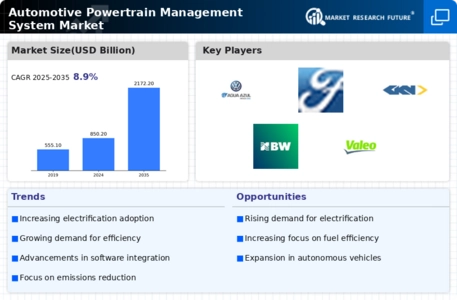
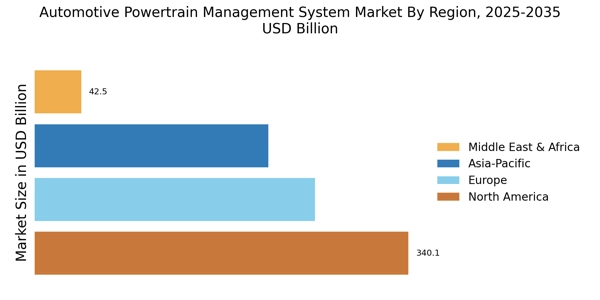
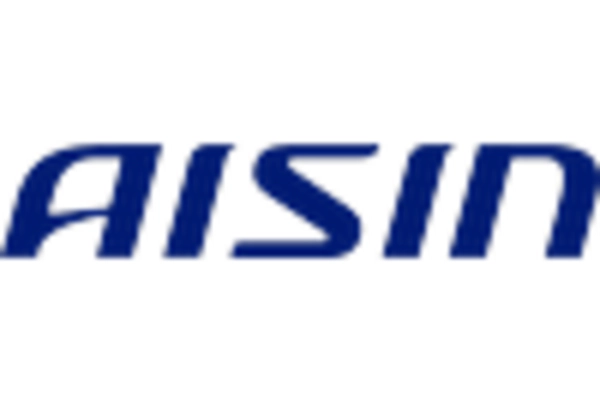
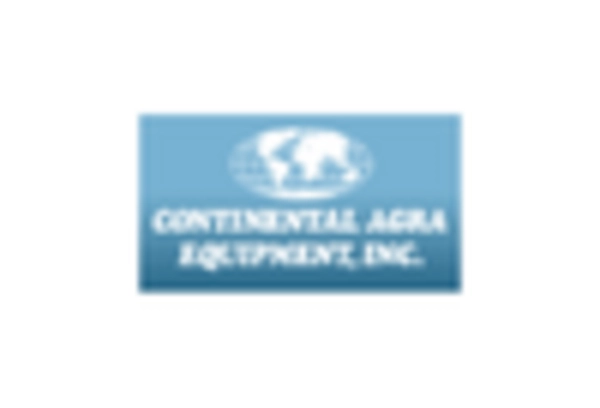

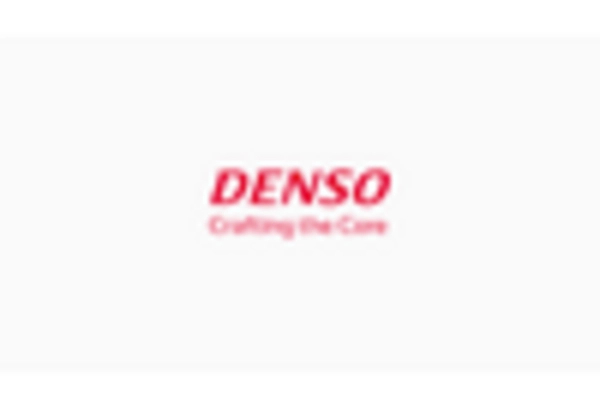










Leave a Comment